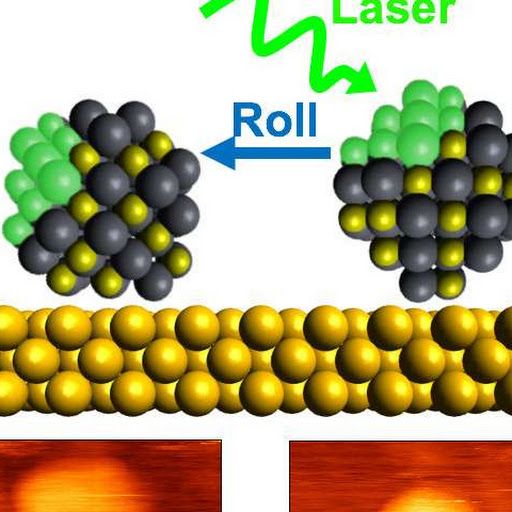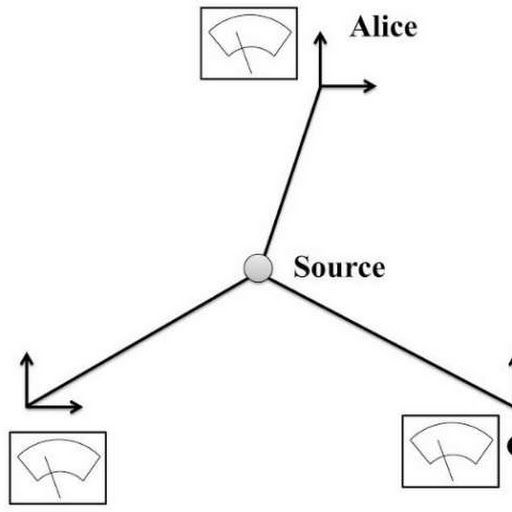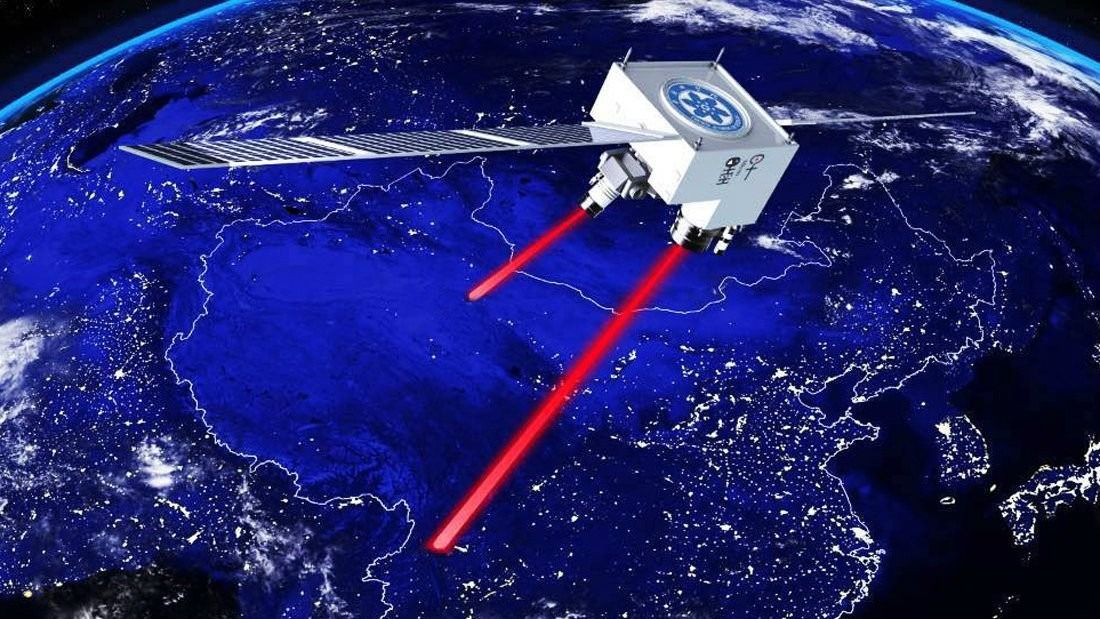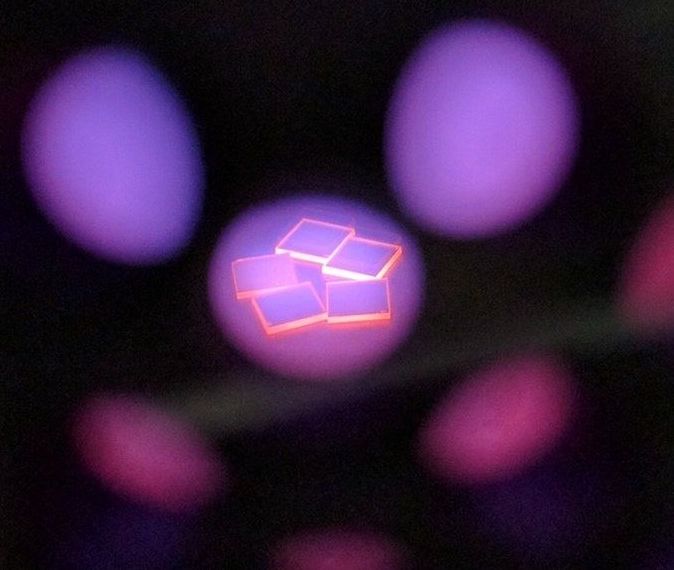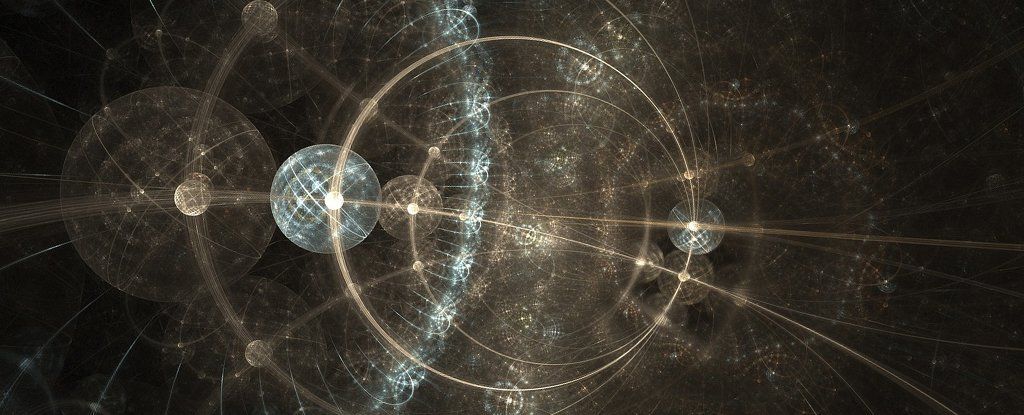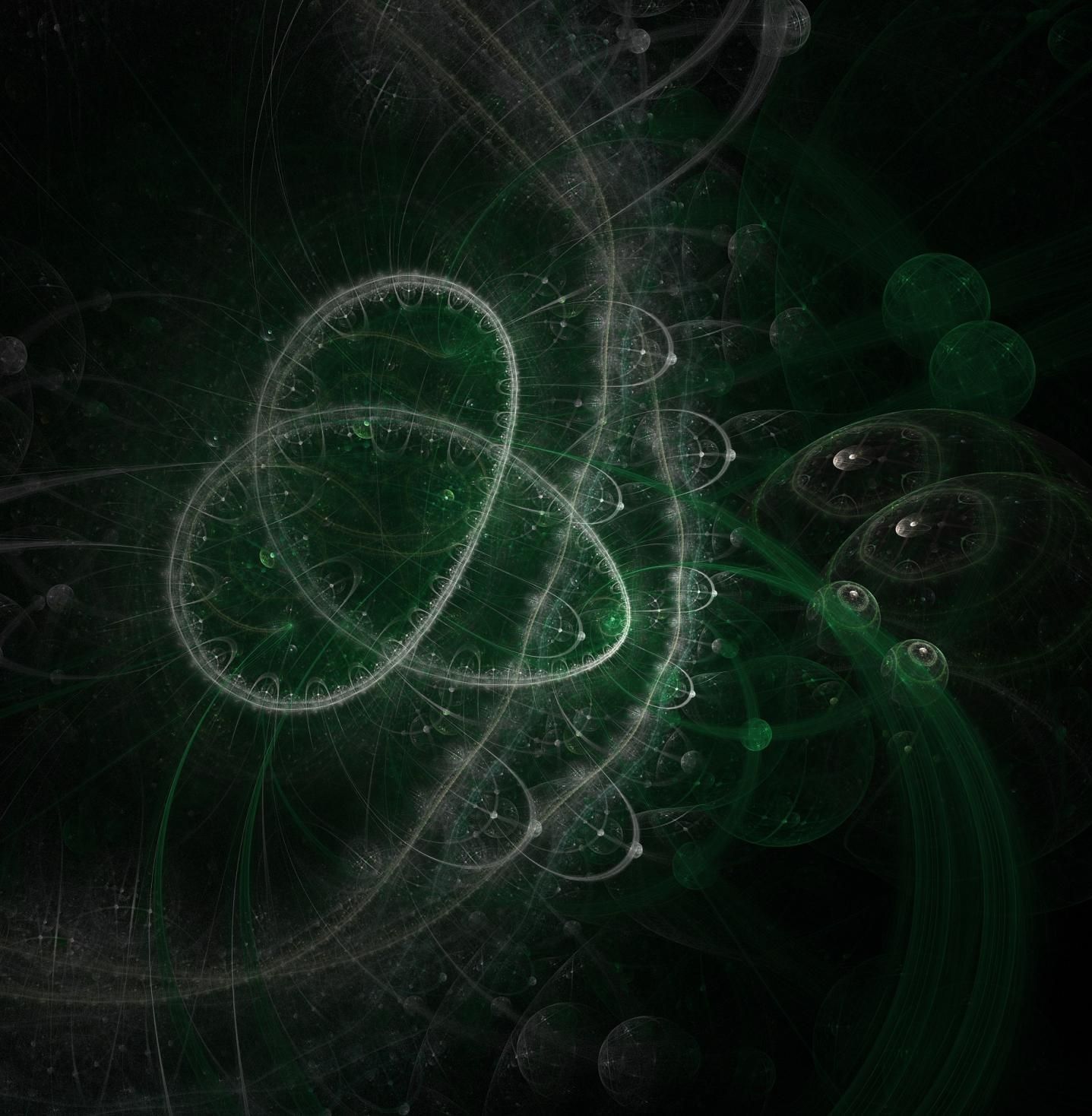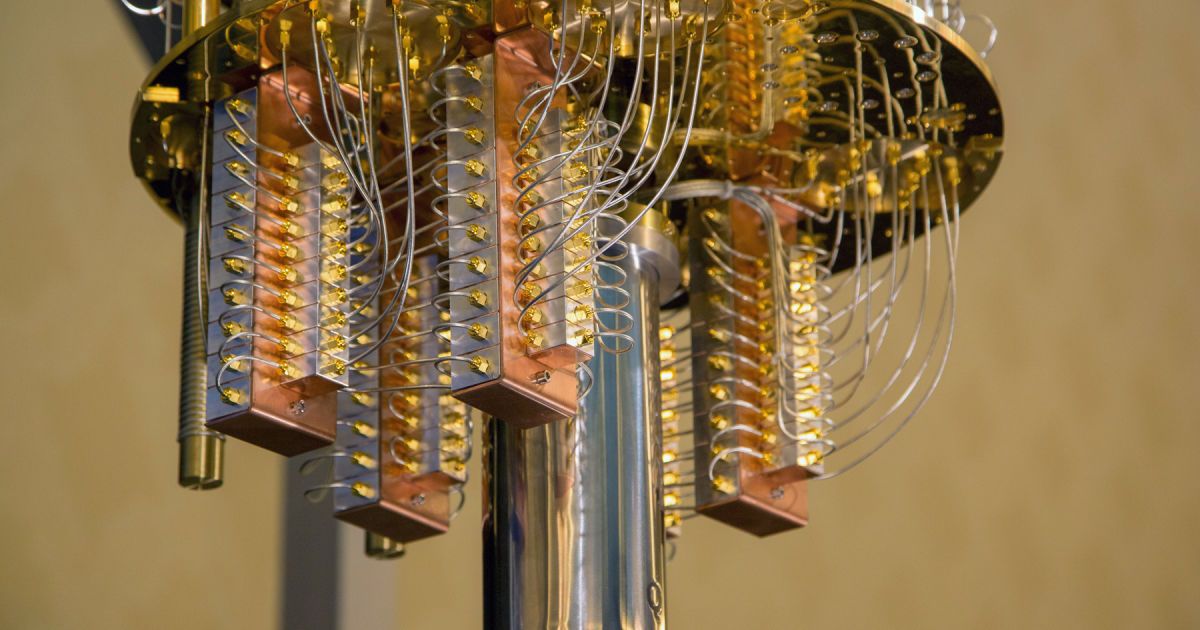Archive for the ‘quantum physics’ category: Page 696
Feb 5, 2018
Why Quantum Computers Will Be an Amazing Tool for Social Innovators — By Darlene Damm | SingularityHub
Posted by Odette Bohr Dienel in categories: computing, quantum physics

“Eventually, as the kinks are worked out, quantum machines will have a wide impact from scientific research to business. But there’s another area that could benefit from their problem-solving prowess too: Social impact.”
Tag: Society
Feb 2, 2018
Generalized Hardy’s paradox shows an even stronger conflict between quantum and classical physics
Posted by Genevieve Klien in categories: particle physics, quantum physics
By building the most general framework for the n-particle Hardy’s paradox and Hardy’s inequality, the results of the new paper provide a stronger Hardy’s paradox, and can also detect more quantum entangled states. As the success probability for the three-qubit generalized Hardy’s paradox reaches 0.25, the researchers are very hopeful that it will be observed in future experiments. Credit: Jiang, et al. © 2018 American Physical Society In 1993, physicist Lucien Hardy proposed an experiment showing that there is a small probability (around 6–9%) of observing a particle and its antiparticle in…
Jan 31, 2018
A Chinese satellite just used quantum cryptography to make an unhackable video call between Beijing and Vienna
Posted by Klaus Baldauf in categories: cybercrime/malcode, encryption, quantum physics, space
The Chinese “Micius” satellite has successfully set up the world’s most secure video conference, using quantum cryptography to connect scientists in Europe and China for an unhackable, intercontinental chat.
The feat marks another milestone for the satellite, officially called Quantum Experiments at Space Scale (QESS), which only last year was making headlines for transmitting an “unbreakable” quantum code to the Earth’s surface.
Jan 30, 2018
China enlists top scientists in mission to become military tech superpower
Posted by Derick Lee in categories: military, quantum physics, robotics/AI
China has gathered 120 researchers from around the military to work for its top research institute as part of a push to develop military applications for artificial intelligence and quantum technology, state media reported.
Experts from within the military to work for its top research institute as China modernises its armed forces to give them cutting-edge equipment and arms.
Jan 29, 2018
Diamonds show promise for spintronic devices
Posted by Shane Hinshaw in categories: particle physics, quantum physics
Conventional electronics rely on controlling electric charge. Recently, researchers have been exploring the potential for a new technology, called spintronics, that relies on detecting and controlling a particle’s spin. This technology could lead to new types of more efficient and powerful devices.
In a paper published in Applied Physics Letters, researchers measured how strongly a charge carrier’s spin interacts with a magnetic field in diamond. This crucial property shows diamond as a promising material for spintronic devices.
Diamond is attractive because it would be easier to process and fabricate into spintronic devices than typical semiconductor materials, said Golrokh Akhgar, a physicist at La Trobe University in Australia. Conventional quantum devices are based on multiple thin layers of semiconductors, which require an elaborate fabrication process in an ultrahigh vacuum.
Jan 22, 2018
This New Experiment Could Finally Unite The Two Biggest Theories in Physics
Posted by Ian Hale in categories: particle physics, quantum physics
An idea for an experiment that could unite the stubborn fields of quantum mechanics and general relativity has been given new life by two groups of physicists from the UK.
The fact that quantum theory doesn’t play well with gravity is a massive stumbling block in physics, one that has long eluded some of the greatest minds in science.
Quantum mechanics is the modelling of discrete particles as probabilities that don’t truly exist until we’ve nailed down a measurement. Not that quantum physics is vague – a century of testing has made it one of the most robust theories in science.
Continue reading “This New Experiment Could Finally Unite The Two Biggest Theories in Physics” »
Jan 19, 2018
Real-world intercontinental quantum communications enabled by the Micius satellite
Posted by Saúl Morales Rodriguéz in categories: encryption, internet, mathematics, quantum physics, security, space
A joint China-Austria team has performed quantum key distribution between the quantum-science satellite Micius and multiple ground stations located in Xinglong (near Beijing), Nanshan (near Urumqi), and Graz (near Vienna). Such experiments demonstrate the secure satellite-to-ground exchange of cryptographic keys during the passage of the satellite Micius over a ground station. Using Micius as a trusted relay, a secret key was created between China and Europe at locations separated up to 7,600 km on the Earth.
Private and secure communications are fundamental for Internet use and e-commerce, and it is important to establish a secure network with global protection of data. Traditional public key cryptography usually relies on the computational intractability of certain mathematical functions. In contrast, quantum key distribution (QKD) uses individual light quanta (single photons) in quantum superposition states to guarantee unconditional security between distant parties. Previously, the quantum communication distance has been limited to a few hundred kilometers due to optical channel losses of fibers or terrestrial free space. A promising solution to this problem exploits satellite and space-based links, which can conveniently connect two remote points on the Earth with greatly reduced channel loss, as most of the photons’ propagation path is through empty space with negligible loss and decoherence.
A cross-disciplinary multi-institutional team of scientists from the Chinese Academy of Sciences, led by Professor Jian-Wei Pan, has spent more than 10 years developing a sophisticated satellite, Micius, dedicated to quantum science experiments, which was launched on August 2016 and orbits at an altitude of ~500 km. Five ground stations in China coordinate with the Micius satellite. These are located in Xinglong (near Beijing), Nanshan (near Urumqi), Delingha (37°22’44.43’‘N, 97°43’37.01” E), Lijiang (26°41’38.15’‘N, 100°1’45.55’‘E), and Ngari in Tibet (32°19’30.07’‘N, 80°1’34.18’‘E).
Jan 13, 2018
Developing a secure, un-hackable net
Posted by Shailesh Prasad in categories: cybercrime/malcode, quantum physics
A method of securely communicating between multiple quantum devices has been developed by a UCL-led team of scientists, bringing forward the reality of a large-scale, un- hackable quantum network.
To date, communicating via quantum networks has only been possible between two devices of known provenance that have been built securely.
With the EU and UK committing €1 billion and £270 million respectively into funding quantum technology research, a race is on to develop the first truly secure, large-scale network between cities that works for any quantum device.
Jan 11, 2018
This is what a 50-qubit quantum computer looks like
Posted by Shailesh Prasad in categories: computing, information science, quantum physics
From afar, it looks like a steampunk chandelier. An intricate collection of tubes and wires that culminate in a small steel cylinder at the bottom. It is, in fact, one of the most sophisticated quantum computers ever built. The processor inside has 50 quantum bits, or qubits, that process tasks in a (potentially) revolutionary way. Normally, information is created and stored as a series of ones and zeroes. Qubits can represent both values at the same time (known as superposition), which means a quantum computer can theoretically test the two simultaneously. Add more qubits and this hard-to-believe computational power increases.
Last November, IBM unveiled the world’s first 50-qubit quantum computer. It lives in a laboratory, inside a giant white case, with pumps to keep it cool and some traditional computers to manage the tasks or algorithms being initiated. At CES this year, the company brought the innards — the wires and tubes required to send signals to the chip and keep the system cool — so reporters and attendees could better understand how it works. The biggest challenge, IBM Research Vice President Jeffrey Welser told me, is isolating the chip from unwanted “noise.” This includes electrical, magnetic and thermal noise — just the temperature of the room renders the whole machine useless.
